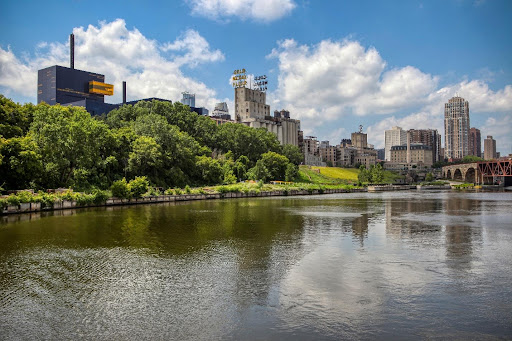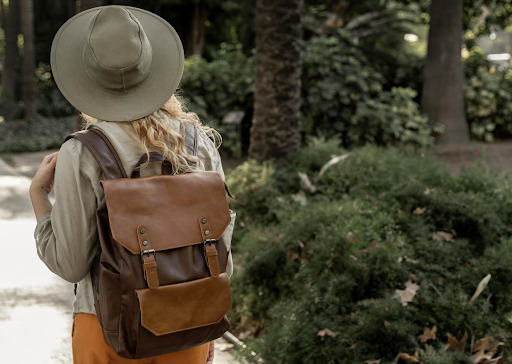Quick Tips for Cycling on Rough Terrain

Whether you prefer mountain biking or cross-country road biking, you will undoubtedly come across rough terrain. You should prepare yourself for the change in the ground since your bike will act differently. Here are a few quick tips for cycling on rough terrain that you can use any time of year.
Give Your Brakes More Time
You will likely pedal slower on uneven surfaces than when you ride along smoothly-pathed roads. Yet you should also use this caution when braking. Rough surfaces are unpredictable, and you could hit a patch of loose dirt or gravel that lengthens your braking distance. Like driving a car on a wet road, you ought to give yourself extra space. The last thing you want to do is misjudge your braking distance and hit another cyclist. If you do not know when to brake, always err on the side of caution and give yourself more time than you think you need. This will keep you safe and will help you avoid damaging your bike.
Stay Loose and Relaxed
Rough terrain like gravelly roads exists in all sorts of places. From small-town roads to forested bike paths, gravel and mud are tricky and uneven surfaces to ride across. Stay loose and relaxed when biking on rough terrain rather than locked and stiff. You must give your body some leeway to absorb the bumps as you ride along. This looseness allows your center of balance to stay fluid with the changing circumstances.
Uneven riding surfaces have potholes and trenches that you should avoid at all costs. If you see them ahead in your path, do what you can to swerve out of the way. Oftentimes, you do not see these obstacles until they are right underneath you. Stay relaxed and avoid the instinct to tense up as you ride through these deep bumps. The better you absorb the increased shock, the better your bike will handle it.
Preserve Your Momentum
Momentum is key to your bike riding experience and helps preserve your strength for the long haul. When riding through rough terrain, you may not last as long as usual, but you can ride well with continued momentum. Make sure you keep pedaling with a consistent rhythm to maintain your pace. Even if you have a hitch while hitting a rock or root, you will lose less momentum if you have consistent footwork.
When you see an incline ahead, build up extra speed ahead of time. This will come in handy when you reach the base of the hill and propel you up the first few feet of the incline. There are many ways to climb better on your bike, but the most important thing is to force all of your weight down at each pedal.
Use these quick tips for cycling on rough terrain to improve your performance today! No matter where you bike, always know how to handle difficult riding scenarios. That way, you will keep both yourself and your bicycle safe from harm.




